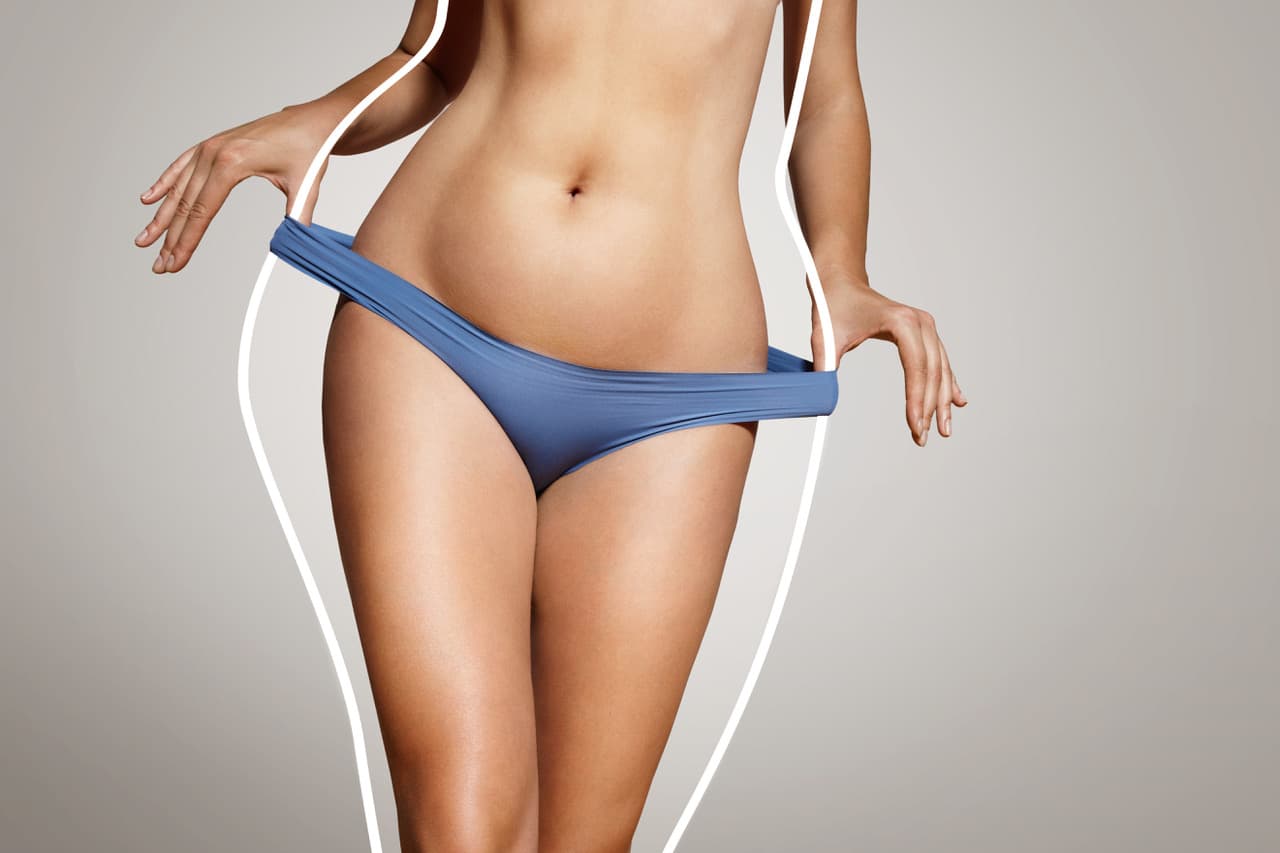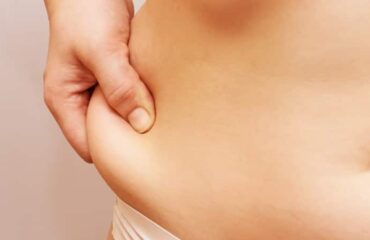
What is liposuction?
Liposuction, which we perform at Sants Insitut, is a surgical procedure through which excess fat accumulated in certain areas of the body is removed. It should not be thought of as a treatment to combat obesity, but rather a surgical method to shape the body by removing accumulated adipose tissue. In fact, there are cases in which part of this tissue is reinjected into areas where it may be necessary. Liposuction is performed under general, local or epidural anesthesia depending on each case, and consists of introducing a cannula or syringe into the adipose tissue, which is connected to a suction machine that extracts the fat from the treated area of the body. The operation usually lasts between one and two hours, and during the operation a lot of fluid is lost, so it is necessary to replace it through fluids administered intravenously. After the operation, the patient remains in the hospital for about two days (although there are treatments that do not require hospitalisation), in order to control the inflammation and prevent the appearance of oedema, pain or bleeding. A drain is placed in the treated areas to facilitate the elimination of liquids. In addition, to allow the skin to adapt to the new silhouette, a compression bandage is applied which the patient must wear for about three weeks. It is worth remembering that, after the operation, the elasticity of the skin may be reduced and irregularities may appear in depressed areas which can later be treated and corrected by means of minor interventions or even by injecting fat in order to achieve an optimal appearance. Liposuction is a safe type of plastic surgery if performed by a specialist in an adequately equipped operating room. The most suitable patients for liposuction are healthy people of average weight and with localised excess fat. Liposuction is contraindicated in patients with heart, respiratory or circulatory problems.
Types of liposuction
Thanks to advances in the field of aesthetic medicine and the use of new technologies, there are now different procedures that offer optimal aesthetic results. These are the most common types of liposuction:
Hydrolipoclasia – Without surgery
Hydrolipoclasia is also known as liposuction without surgery, since it is a minimally invasive procedure with a simple and quick recovery as it does not require hospitalization. The specialist introduces a liquid (Klein) into the area to be treated, composed of lidocaine and other drugs that reduce bleeding and facilitate the suction of localized fat. A cannula is then inserted to extract the accumulated fat. Recovery time is also very fast.
At the Sants Institut aesthetic medicine clinic we are specialists in this minimally intrusive technique. The opinions of our patients are very positive, since the before and after surgery are very striking without the need for hospitalization.
Here we show you a video of an intervention and the final results, where you will see the before and after:
Traditional assisted liposuction
This is the method based on fat suction mentioned above. The surgeon uses a cannula to extract the fat in the desired areas. This technique is still used in many clinics, but is gradually being replaced by other, more innovative methods.
Laser Liposuction
This procedure is characterized by being minimally invasive, and consists of making a small incision in the area to be treated. The laser then burns the fat to be removed. This method is also called lipolaser, and the patient’s recovery is very fast, without the need to stay in hospital after the intervention.
Ultrasonic
The fat accumulation is dissolved by means of sound waves that reach the treated area through special cannulas that are introduced after making small incisions in the skin. This facilitates the subsequent suction of fat.
High Definition Liposuction
It is one of the most innovative procedures in the field of plastic and reconstructive surgery. Unlike traditional liposuction or liposuction, this method results in a more defined appearance, while respecting the smoothness and softness of the skin. In this way, the muscles look worked and toned, greatly improving the appearance on an aesthetic level.
What is the most appropriate technique?
The most suitable type of liposuction will depend on the particularities of each case. Therefore, it will be the surgeon who will make the corresponding assessment, and will recommend the most suitable solution for each patient. In this sense, there are people for whom liposuction or traditional liposuction is sufficient to achieve the desired results. Others, however, require more sophisticated techniques such as ultrasound, or, due to their skin type, the ideal option may be laser. Each anatomy is different and has certain characteristics, so there is no technique that is better than another, but rather the one that best suits the needs of each patient is used. Once the intervention and the recovery period are over, it is essential to follow the doctor’s advice if you want to maintain the new silhouette forever. In this sense, following a healthy diet and doing sports are key factors for maintaining the results of the surgery over the years.
Areas of the body where it can be performed
All areas of the body prone to accumulating fat and presenting unsightly sagging can be treated with liposuction or liposculpture.
Abdomen
This is the most common area to be treated with liposuction in both women and men. When undertaking this operation, there are different factors to take into account, such as the amount of abdominal fat, its distribution, the patient’s weight history, sex, age and pregnancy history.
Dewlap
To remove fat from the contours of the neck and face, it is possible to perform surgery using microcannulas that allow easy removal. This is a very safe technique, with local anesthesia and a short postoperative period.
Arms
Like the double chin procedure, liposuction on the arms is performed with microcannulas, meaning it is less painful and less invasive. In addition, the results are extremely satisfactory, as the arms are left more defined and toned.
Legs
Liposuction on the legs can be performed in four main areas: ankles and calves, thighs (including the inner side), saddlebags and knees. These areas are commonly treated in women, who are very satisfied with the noticeable improvement in the contour of their legs.
Glutes
This is another of the areas most treated in this type of plastic surgery. There are many women who find it impossible to reduce the excess fat mass in this area through diet or exercise. That is why volume reduction through liposuction is a viable solution.
Back
Liposuction of the back also offers very favourable aesthetic results, especially in women, who are the ones who most often resort to this type of intervention. The areas to be treated are the upper and lower back, including the back of the waist. All of these are areas susceptible to accumulating adipose tissue. Other treated areas are the breasts (women and men) and the contour of the armpits, with the aim of making the arms look proportionate and defined as a whole. Generally, men who resort to pectoral liposuction do so because they suffer from gynecomastia, that is, abnormal growth of the breasts that occurs in certain men.
Price of liposuction
We have already mentioned in this article that there are several types of liposuction (Hydrolipoclasia, laser, ultrasonic, High Definition, …), as well as the possibility of using it in different areas. This means a wide range of prices depending on the technique and the area where it is to be applied. We recommend that you consult us without obligation, you will surely be pleasantly surprised. If you want to know more about the author, visit the Who We Are page.
 English
English  Español
Español 